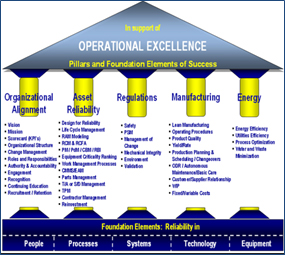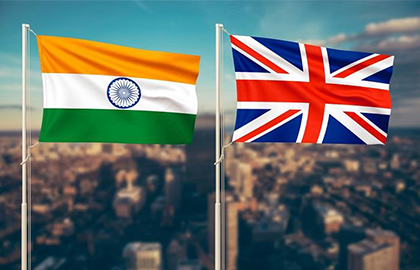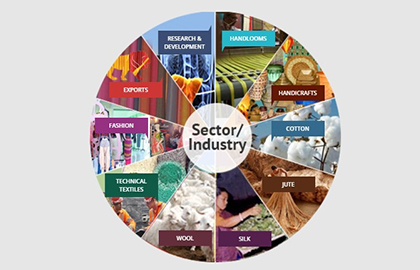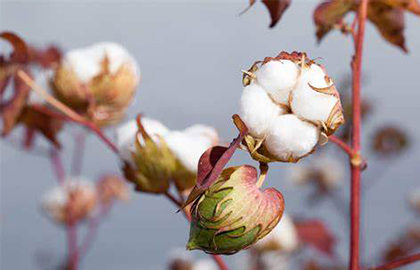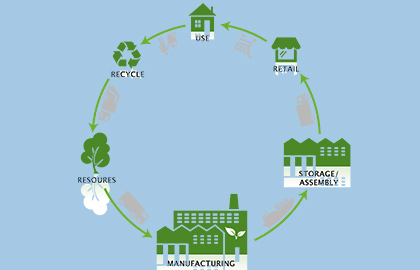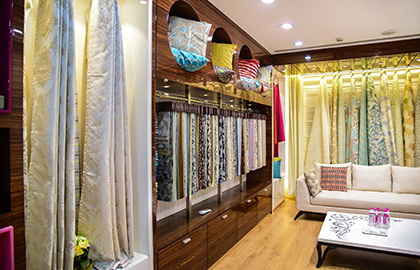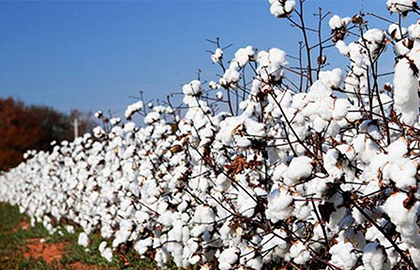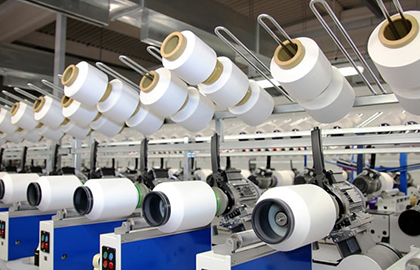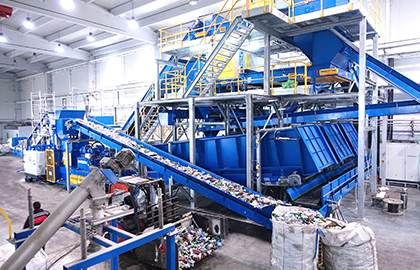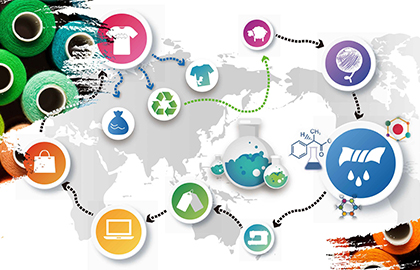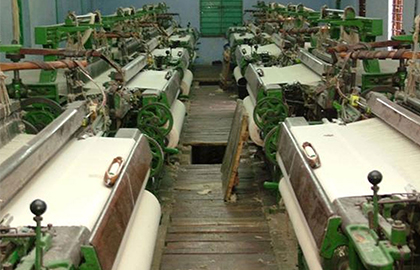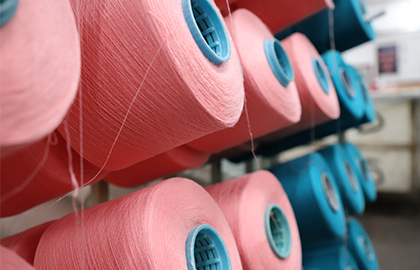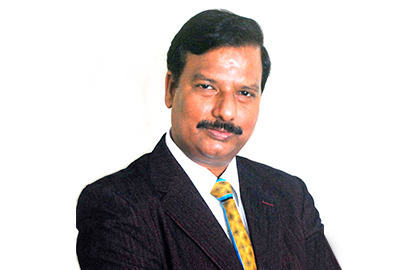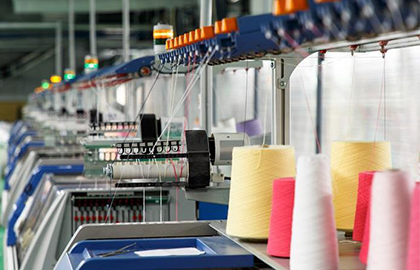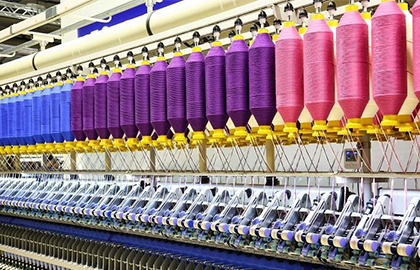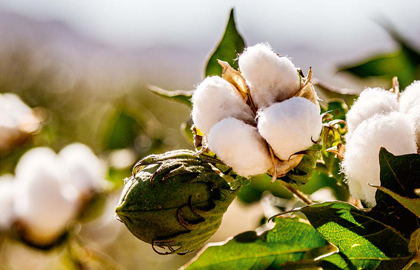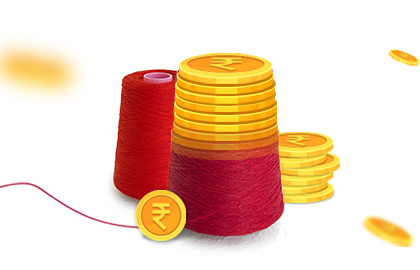
Achieving Manufacturing Excellence
“Excellence is not a skill. It is an attitude”. Ralph Marston Despite India being the second highest producer of textiles and apparel in the world, its growth has been on a plateau for a long time for it is yet to achieve the coveted top spot of the world. On one hand, India is blessed to be gifted with availability of all types of natural and manmade fibres, large pool of manpower across the levels of hierarchy, presence of complete value chain, a large and growing domestic market and design capability. Various government initiatives have also ensured that both exports and production has become lucrative and relatively quicker for Indian companies. However, the lack of manufacturing excellence amongst Indian textile manufacturers has proved to be the drawback which has not let our country reach its full potential. Manufacturing Excellence can be defined as a path where organizations continually develop and evolve to deliver extraordinary performance in its operations. So what are the areas in which the Indian textile industry needs to focus on if it wishes to achieve true manufacturing excellence? Simply put, true manufacturing excellence can only be achieved by obtaining complete operational excellence.
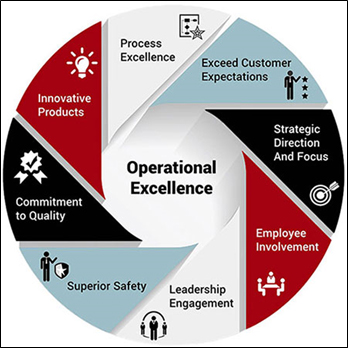
There are various factors which need to be accounted for to obtain true operational excellence.
Organizational Alignment: A successful organisation is one where every member of the management works individually towards its designated roles and responsibilities and works collectively with other members to attain company goals. There has to be clear assignment of duties towards every management personnel for smooth and efficient operations of the organization. For example, the strategic leverage of operational excellence may come from standardization and modularization in one case, whereas in other cases the focus might be more on quality improvements. At the same time, all managers and top management should resonate with the vision and goal of the organization and be able to work together as a team towards making this vision a reality. Coaching and supporting projects and employees in implementing methods, such as value stream analysis, process mapping, and standardization of modules and process steps is necessary. Equally important is networking across the organization to ensure coherence of operational excellence activities along work processes end-to-end, and achieving buy-in of key organizational stakeholders (“connecting the dots”)

Asset Reliability: The real improvement in manufacturing performance occurs when operational excellence programs are integrated with reliability programs and are built around each asset. To achieve true operational excellence, operations, maintenance, and reliability programs must focus on assets and be integrated with safety and environmental programs. Assets are installed to increase profitability, but asset reliability problems can negatively impact those profits between excessive maintenance costs and down time that results in lost production and lost revenue. True, there are certain garment manufacturing set-ups that are world class and highly efficient, but they are in minority. A larger chunk of manufacturers in traditional clusters do not deploy basic principles of industrial engineering or follow any standard systems and processes. On the other hand, emerging competitors like Bangladesh and Vietnam have embraced Industry 4.0 and are using smart machinery to achieve maximum productivity. This reluctance of majority of Indian textile manufacturers to abandon obsolete machinery and adopt smart machineries and incorporate artificial intelligence which inform and guide users towards their maintenance and are actually more cost effective in the long run has been a huge deterrent towards achieving operational excellence. Domestic players need to make this shift and make asset reliability a part of their manufacturing practise.

Regulations: To be at par with true operational excellence, it is mandatory to adhere to safety and environmental regulations. Safety benefits and guidelines largely influence skilled employee retention which is an essential if one wishes to increase their operational output. Unfortunately, the presence of gig economy provides a loophole to manufacturers to save expenses on providing necessary safety measures. They fail to realize that by saving costs here, they are actually adding to major expenses as labour easily shifts to more lucrative and labour friendly factories.
With sustainable manufacturing featuring high on the global textile needs, it has become even more necessary to integrate environmental regulations towards manufacturing. More and more demand is coming for sustainable production of textiles and apparel and though India has sprung into action and taken the needed steps it still needs to work harder if it wishes to claim the largest piece of the pie.

Manufacturing: When the pandemic occurred and the world came to a standstill, retail industry suffered losses in billions due to the lockdowns imposed everywhere. By the time people started stepping out cautiously, most of the existing apparel designs across retail were wasted as fashion and preferences had changed to adapt to the “New Normal”. This unforeseen incident however emphasises even more the need for manufacturers to make the shift towards “Lean Manufacturing”.
Lean manufacturing is beneficial towards achieving operational excellence as it minimises waste and hence creates more value oriented products for customers using lesser resources. As per general survey, on an average 95 per cent of manufacturing activities falls either under non-value adding time or non-value adding cost. Lean manufacturing minimizes this waste and hence reduces manufacturing costs. This in turn benefits customers as prices can be made lower thus increasing customer base and volume sales. Simply put this form of manufacturing benefits manufacturers and buyers alike.
Smart Factories, an output of Industry 4.0, are able to take faster and better decisions; thanks to concepts of big data, advanced robotics, artificial intelligence and industrial connectivity. To compete with smart factories that have cropped up in developed countries as well competing countries like China, Turkey, Bangladesh and, Indian factories will have to become smart as well. This not only improves efficiency in production but also saves overhead costs.
Smart manufacturing machinery combined with Lean manufacturing practises is the present and the future and the sooner Indian textile manufacturers make this shift, the quicker they can achieve operational excellence.
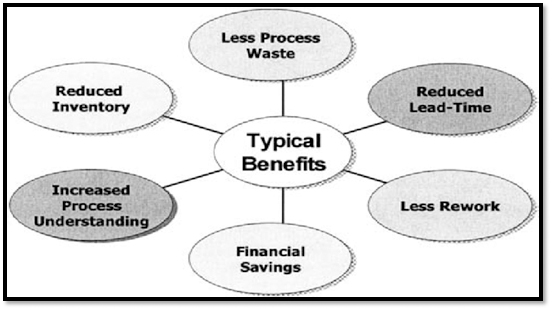
Energy: Textile industry holds the infamous tag of being one of the most energy consuming and polluting industrial sectors of the world. With the rising risk of global warming and dwindling of energy resources, most developed nations are gradually making sustainable manufacturing mandatory when importing goods. Today, Indian textile industry is the second largest exporting country in the world. The need to make the shift to energy efficient machinery which recycles waste produces is rising by the hour. Though a large number of big names have shifted towards sustainable practises and energy conservation practises in textile manufacturing, the majority still lag behind. Unless the figures are reversed, Indian textile industry will not be able to reach its full potential.
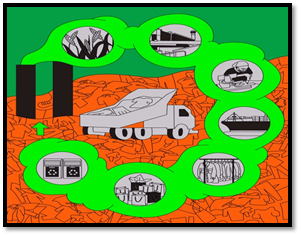
To summarize we can state that while Indian textile manufacturers have all the resources and opportunities to reach complete manufacturing excellence, the true hindrance in their path is their stubbornness to discard obsolete methods of operations and make the complete shift towards modern and upgraded methods and practices of manufacturing. A half hearted approach by adopting few methods and continual denial of certain successful trends which are ruling the textile market will not help. As Horace has rightly said,” No man ever reached to excellence in any one art or profession without having passed through the slow and painful process of study and preparation.” It is hence imperative that Indian textile manufacturers study the positive trends towards operational excellence and embrace the new times with new methods. Only then can manufacturing excellence be achieved and India regain its ancient status of being the golden bird which successfully soared the global markets of textiles.
